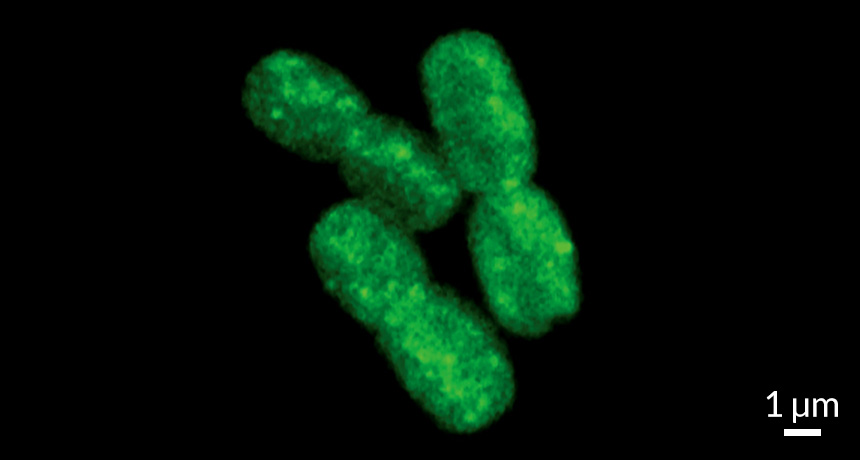Ocean plankton held hostage by pirate viruses
Viral infections could affect capture of a greenhouse gas

DON’T GET SICK Some of the most important unsung microbes, Synechococcus cyanobacteria, are among the most prolific photosynthesizers on Earth — until they catch a virus.
PNNL/Flickr (CC BY-NC-SA 2.0)